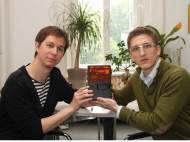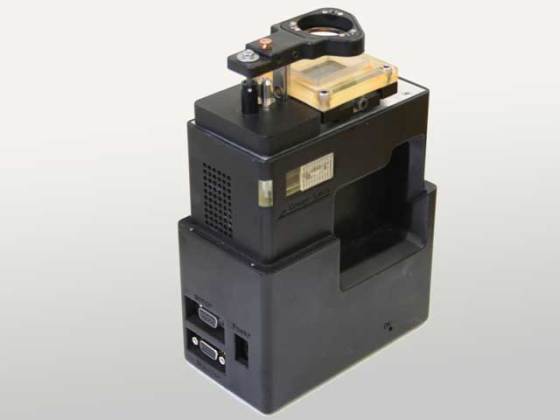TU Vienna researchers develop precise, small and affordable 3D printer
 We already wrote about several 3D printers, capable to help in rapid prototyping, however, researchers at the Vienna University of Technology have developed a much smaller, lighter and cheaper 3D printer. With this kind of printer, everyone could produce small, custom-made 3D-objects at home, using building plans from the internet – and this could save money for expensive custom-built spare parts.
We already wrote about several 3D printers, capable to help in rapid prototyping, however, researchers at the Vienna University of Technology have developed a much smaller, lighter and cheaper 3D printer. With this kind of printer, everyone could produce small, custom-made 3D-objects at home, using building plans from the internet – and this could save money for expensive custom-built spare parts.
Researchers from several scientific fields have collaborated in the making of this 3D printer. The device was assembled by mechanical engineers in the research group of professor Jürgen Stampfl, while the chemical research by the team of professor Robert Liska was of crucial importance: first, chemists have to determine which special kinds of synthetic material can be used for printing.
The prototype of the printer is no bigger than a carton of milk, it weighs 1.5 kilograms (3.3 pounds). The method used to create 3D objects is called additive manufacturing technology. The desired object is printed in a small tub filled with synthetic resin. The resin has a property to harden precisely when it is illuminated with intense beams of light. Layer by layer, the synthetic resin is irradiated at desired spots. When one layer hardens, the next layer can be added, and the process continues until the object is completed.
“This way, we can even produce complicated geometrical objects with an intricate inner structure, which could never be made using casting techniques”, said Klaus Stadlmann, developer who created the prototype with Markus Hatzenbichler.
The individual layers hardened by the light beams are just a twentieth of a millimeter thick. Therefore, the printer can be used for applications which require extraordinary precision – such as construction parts for hearing aids. Unlike previous models, the printer at TU Vienna uses LEDs which can achieve precise high intensities of light.
New materials – such as special ceramics or polymers – are constantly being developed for 3D-printing. 3D objects can now even be made from eco-friendly biodegradable substances, and the researchers plan to cooperate with biologists and physicians to prototype or produce medical parts, adjusted exactly to the patient’s needs.
Whether you use it for medical purposes, or to create special spare parts, or designing custom jewelry, this 3D printer is capable to create highly complex 3D objects from a variety of materials with very different mechanical, optical and thermal properties.
“We will continue to reduce the size of the printer, and the price will definitely decrease too, if it is produced in large quantities”, added Stadlmann. Its current price is 1,200 Euros ($ 1,700), but the researchers haven’t mentioned the cost of materials suitable for use inside this 3D-printer.










Excellent Product at an estimated affordable price.
Dr.A.Jagadeesh Nellore(AP),India